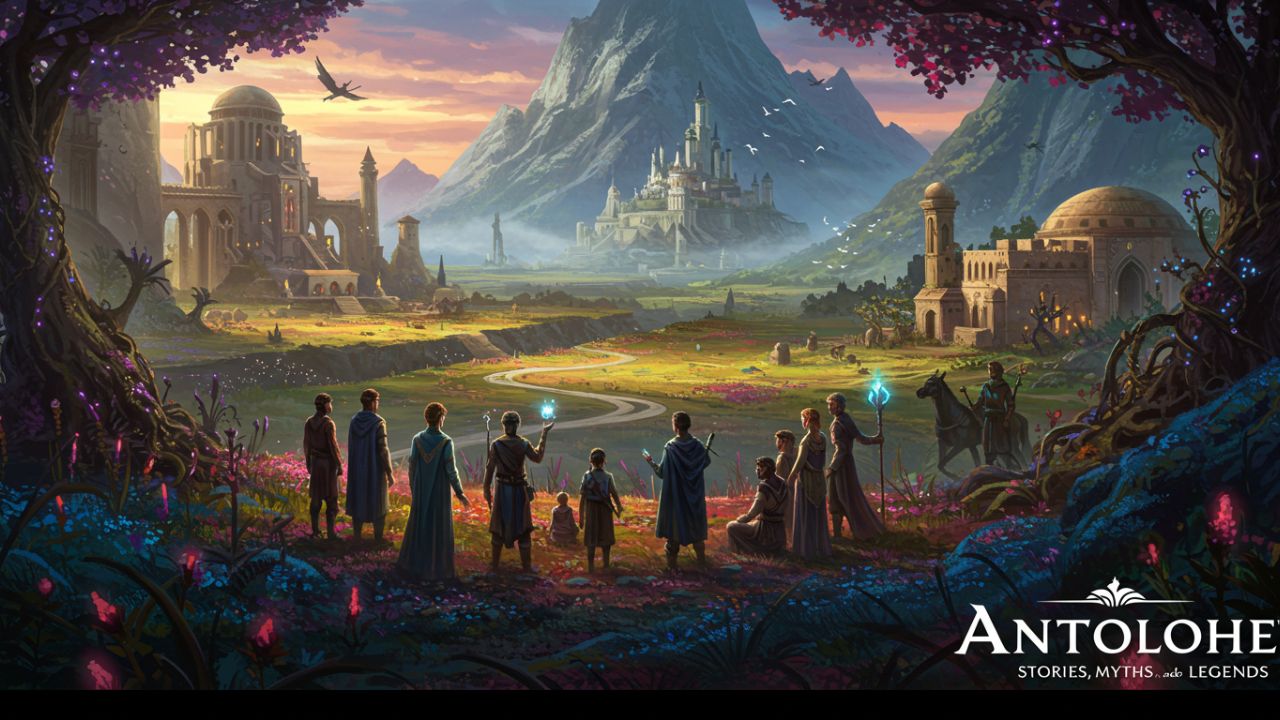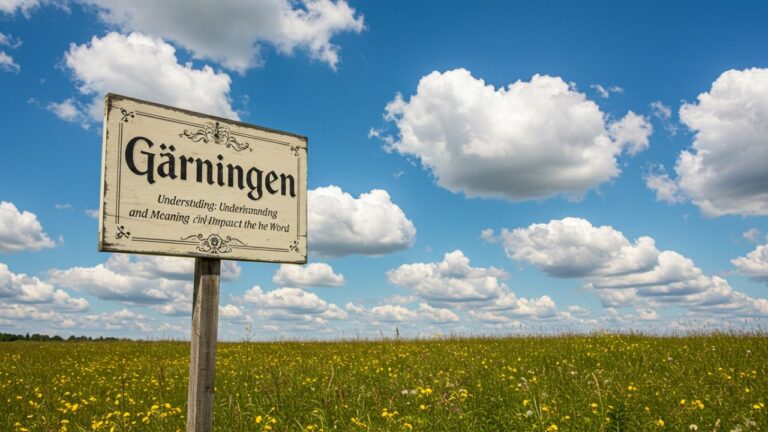The Intriguing World of Antolohe: Stories, Myths, and Legends
Welcome to the enchanting world of Antolohe, a realm where folklore, imagination, and tradition intertwine to create timeless stories. Unlike ordinary tales, the myths of Antolohe serve as more than entertainment—they are living narratives that preserve cultural values, moral lessons, and a sense of community identity. Passed down from generation to generation, these stories remind us that myths are not simply relics of the past but powerful tools that shape present and future beliefs.
We will journey through the origins of Antolohe, explore its most compelling myths and characters, uncover the themes and values woven into its folklore, and examine how these tales continue to thrive in modern adaptations today.
The Origins of Antolohe
The roots of Antolohe stretch back to an age when communities relied on oral traditions as the primary means of preserving knowledge. Elders and storytellers gathered people around fires, weaving narratives that explained natural events, offered moral lessons, and instilled shared cultural identity.
Influences on Antolohe’s Origins:
- Geography: The landscapes—mountains, rivers, and forests—deeply influenced the settings of these myths, often serving as metaphors for strength, resilience, and transformation.
- Migration and Cultural Exchange: As people moved across regions, Antolohe absorbed elements of neighboring traditions. This blending enriched the storytelling, making Antolohe a tapestry of interconnected wisdom.
- Community Values: Each story reflected values important to survival and unity, such as bravery, honesty, and respect for ancestors.
Every retelling of Antolohe myths carried with it an echo of history—transforming storytelling into both an art form and a cultural archive.
The Stories and Myths of Antolohe
Antolohe’s myths span a wide spectrum, from heroic quests to cautionary fables. At their core, they highlight universal human struggles while incorporating supernatural elements.
- Heroic Quests: Characters often embark on journeys that test their courage, wisdom, and loyalty. Their trials serve as allegories for personal growth.
- Spirits and Ancestors: Supernatural beings guide or challenge mortals, reflecting a belief in the thin veil between the human and spiritual worlds.
- Cautionary Tales: Stories like The Whispering Winds remind listeners of nature’s power, teaching respect for the environment and humility before unseen forces.
- Trickster Myths: Clever characters, often underestimated, outwit stronger foes. These tales celebrate intelligence and adaptability.
Each myth does more than entertain—it reinforces values and strengthens the bonds within Antolohe communities.
The Role of Legends in Antolohe Culture
Legends occupy a sacred role in Antolohe society. Beyond storytelling, they serve as:
- Moral Compasses: Legends teach right from wrong, embedding virtues such as courage, wisdom, and generosity into daily life.
- Sources of Strength: In difficult times, communities turn to these stories for guidance and hope.
- Cultural Glue: Storytelling gatherings foster unity, allowing people to connect with both their past and each other.
Legends also act as oral archives, preserving the collective memory of Antolohe and ensuring continuity across generations.
Common Themes and Characters in Antolohe Stories
Despite their diversity, Antolohe stories share recurring themes that give them coherence:
- The Battle Between Good and Evil – Central to many tales, this conflict reflects the eternal struggle between light and darkness within human nature.
- Transformation – Characters often undergo profound change, symbolizing growth, redemption, or wisdom gained from hardship.
- Nature as Teacher – Forests, rivers, and mountains are more than settings; they represent life’s trials and lessons.
- Animal Guides – Animals appear as helpers, guardians, or challengers, embodying traits admired or feared by society.
Key Characters Found in Antolohe Tales:
- The Humble Hero: Rising from obscurity to greatness through courage.
- The Wise Elder: A figure who imparts knowledge and guidance.
- The Trickster: Clever but unpredictable, often teaching lessons through mischief.
- The Spirit Guardian: A supernatural being who protects, tests, or warns humans.
These characters embody universal archetypes, making Antolohe stories resonate far beyond their cultural origins.
Modern Interpretations and Adaptations of Antolohe Tales
Antolohe has not remained confined to the past. Modern creators are reinterpreting these stories in new and exciting ways:
- Literature & Graphic Novels: Writers and artists adapt myths into novels and illustrated works, making them engaging for younger audiences.
- Theater & Performance: Stage adaptations bring myths to life, allowing communities to experience collective storytelling in powerful ways.
- Film & Animation: Visual media reimagines these tales for global audiences, highlighting their universal themes.
- Social Media: Short retellings, digital art, and cultural content creators are keeping Antolohe alive by sharing it across platforms worldwide.
Through these modern mediums, Antolohe maintains its cultural relevance while inspiring new generations.
The Enduring Legacy of Antolohe Folklore
The folklore of Antolohe is more than a collection of old stories—it is a living legacy. These tales carry wisdom, inspire resilience, and celebrate the creativity of human imagination. They connect the present to the past, ensuring cultural continuity in an ever-changing world.
In an age where traditions risk being overshadowed by globalization, Antolohe’s enduring myths remind us of the importance of storytelling. They teach us that courage, love, respect for nature, and the eternal struggle between good and evil are not bound by time or place.
Antolohe endures because its essence lies in human experience itself—a mirror reflecting who we are, where we came from, and the values that guide us into the future.






